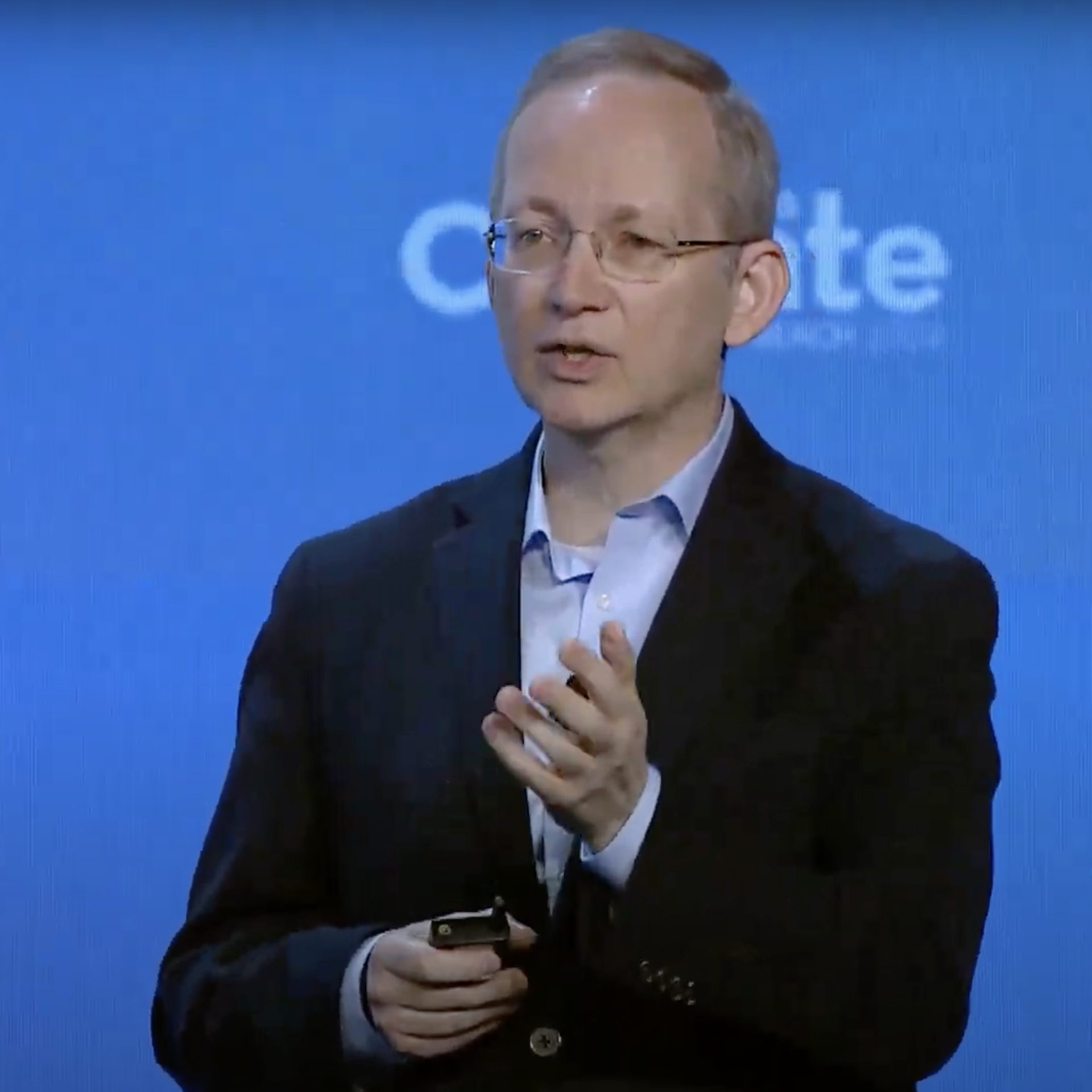On average, more than 100 UL standards can be found throughout a typical American home – in consumer products, home appliances, and even in building materials. In order to safeguard human life and property from extreme weather events caused by climate change, these standards for the built environment are critical.
On March 13, 2024, Dr. David Steel, Executive Director of UL Standards & Engagement emphasized the need for forward-thinking design and construction in the built environment at Aspen Ideas: Climate, a solutions-focused summit designed for the public to interact with and learn from climate leaders whose ideas and actions are critical to address our collective future.
In his presentation, “Increasing Climate Change Resilience in the Built Environment,” Steel shared how standards help communities stay ahead of risks and hazards to human life and property from a changing climate.
“How do we create greater resilience in the built environment, in the face of all the extreme weather that’s coming as a result of climate change, and most notably – fires?” Steel asked. “We need to be thinking about how we promote resilience. What are some of the tools that we can use? That’s where we think our standards can actually play a role.”
The Effects of Climate Change on Human Life and Property

“What we see now more and more is that these fires are coming to places really close to home,” Steel said. “And we’re almost running out of superlatives to describe some of these catastrophic and tragic fires: ‘Once in a generation,’ ‘largest ever,’ ‘unprecedented…’ These fires are real, they are affecting communities across America, and around the world.”
Steel discussed the rising trend among insurance companies to withdraw from areas prone to disasters caused by climate change, and stressed the need for additional coverage through standards.
“How can we use standards to ensure that the materials used… can safeguard the home, can reduce the spread of those wildfires, can safeguard that vital water pipeline to actually be able to fight some of these wildfires, and think about that from the very beginning, according to a science-based standards format that helps assure the safety of these communities?” Steel asked.
“We need to be thinking collectively about what we can do to address these harms and hazards,” Steel said. “Increasingly, as insurers back away from taking on this risk, it’s going to be communities that look to the opportunities from standards to say, ‘How can we address this?’
Get Involved
Increasing climate change resilience in the built environment requires collaboration from subject matter experts from every part of the value chain, including manufacturers, supply chain, government, NGOs, and more. Learn more about our standards development process and how you can get involved today.